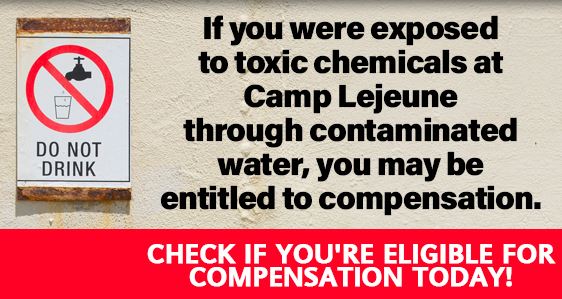
Camp Lejeune, a United States Marine Corps base in North Carolina, has become synonymous with one of the most significant environmental contamination incidents in U.S. military history. As a result, thousands of military personnel and their families were exposed to harmful chemicals for decades, leading to a monumental lawsuit. This article sheds light on the controversy surrounding Camp Lejeune and its legal and health implications.
1. Background of Camp Lejeune
Established in 1941, Camp Lejeune serves as a training hub for the U.S. Marine Corps. Over the years, it has housed hundreds of thousands of military personnel and their families.
2. The Contamination
From the 1950s to the 1980s, the drinking water at Camp Lejeune was contaminated with toxic chemicals, including trichloroethylene (TCE), tetrachloroethylene (PCE), and benzene. These chemicals seeped into the water from leaking underground storage tanks, spillages, and improper disposal practices.
3. Health Implications
Long-term exposure to the said chemicals has been linked to a range of serious health issues. These include various forms of cancer (like leukemia, kidney, and liver cancer), birth defects, miscarriages, and other chronic diseases.
4. Discovery and Initial Actions
The contamination was discovered in the early 1980s, and affected water wells were shut down by 1985. However, it took years for the gravity of the issue to be fully understood and for comprehensive studies to be conducted.
5. The Lawsuit
In response to the health crises experienced by many who lived or worked at Camp Lejeune, numerous lawsuits were filed against the U.S. government:
- Compensation Claims: Many victims sought compensation for medical bills, suffering, and other damages.
- Government Accountability: The lawsuits aimed to hold the government accountable for the negligence that led to the contamination and the delayed response.
6. Government’s Response
The U.S. government has taken several measures in response to the lawsuit and the outcry:
- Health Benefits: The 2012 Camp Lejeune law was enacted to provide medical benefits to affected veterans and their families.
- Scientific Studies: The Centers for Disease Control and Prevention (CDC) and the Agency for Toxic Substances and Disease Registry (ATSDR) conducted studies to understand the health impacts better.
- Financial Compensation: The Department of Veterans Affairs has approved specific claims related to the contamination, granting disability compensation.
7. Ongoing Controversies
While steps have been taken to address the issue, many victims believe more should be done:
- Scope of Coverage: Some argue that the health conditions recognized by the VA as being linked to the contamination are too limited.
- Compensation Delays: Many victims face long waits for their claims to be processed.
- Transparency Concerns: Questions remain about when the U.S. government became aware of the contamination and why it took so long for decisive action to be taken.
Conclusion
The Camp Lejeune lawsuit is more than a legal battle; it’s a testament to the struggles of thousands who have suffered due to environmental negligence. While measures have been taken to rectify past wrongs, the incident serves as a sobering reminder of the need for stringent environmental protections and swift accountability.


